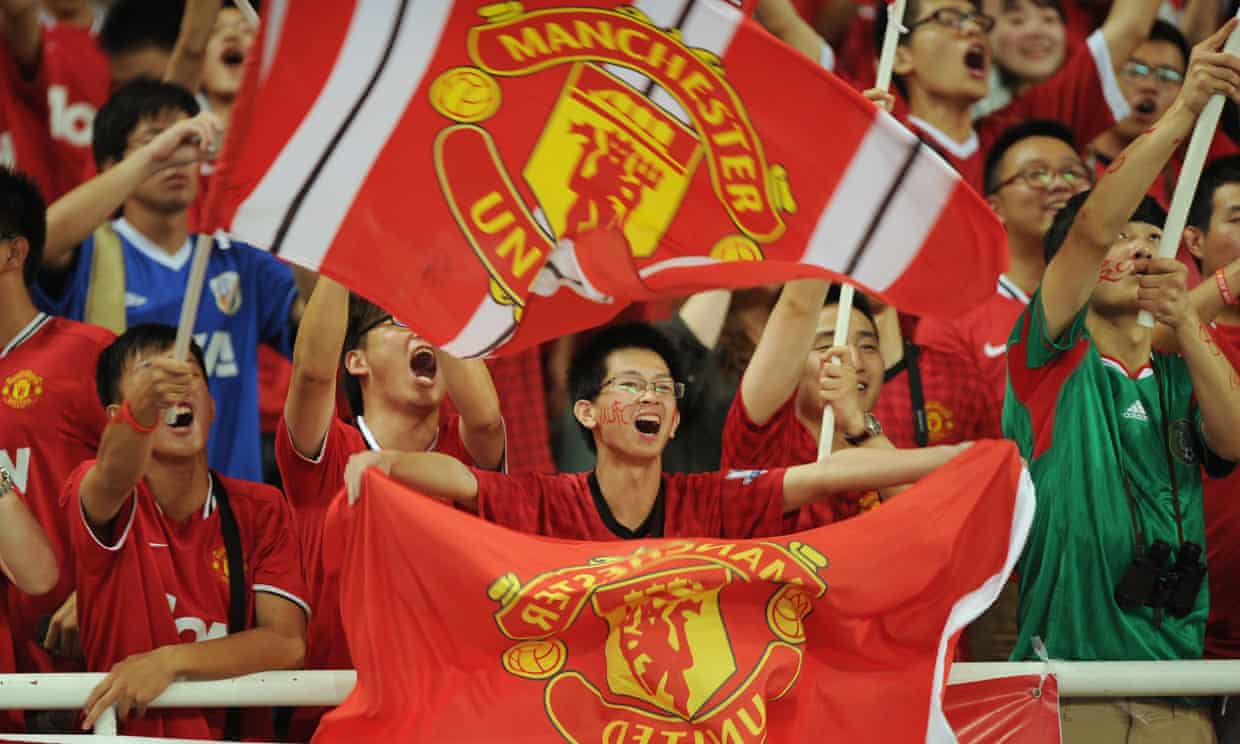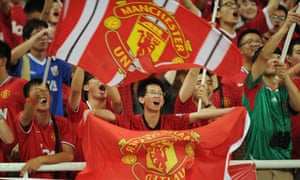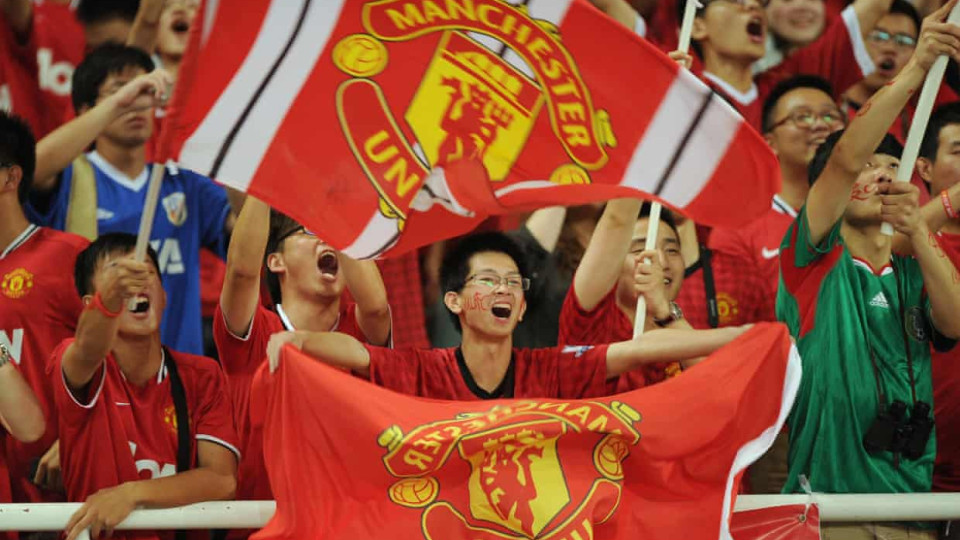
Premier League clubs say they have hundreds of millions of followers and Espanyol say 40m Chinese watched Wu’s debut

Espanyol’s Chinese owner, Chen Yansheng, said in December that the best way to increase the club’s popularity in the world’s most populous country would be to sign a Chinese player. In January he signed the best, in the shape of Wu Lei, the top scorer in the 2018 Chinese Super League.
Wu’s La Liga debut against Villarreal on 3 February was decent but overshadowed by Espanyol’s PR department claiming his 13 minutes of action were watched by 40 million Chinese fans. The figures were then broadcast around the world.
That game was not on national television in China but was shown online, where the viewing figures for PPTV, which shows La Liga, were actually 10,584,992. Still impressive, but some way short of the original claim.
Yet Espanyol are only following a long European tradition (remember Mays of yore when BBC commentators talked of a billion people tuning in to FA Cup finals?). When Manchester City, with Sun Jihai, and Everton, with Li Tie, met on New Year’s Day 2003, it was reported that in their homeland anything from 350 million to 600 million watched a match that kicked off at 10pm Chinese time on a Wednesday. It is an unbelievable figure in the sense that it can’t actually be believed, but when it comes to China and Asia, it is not what is true that matters.
How else could Chelsea’s head of the Asia-Pacific region talk in 2015 of 250 million Asian fans? Another figure worthy of doubtful-looking emojis came in 2014 as Liverpool reported 580 million global fans. Two years earlier Manchester United announced 659 million “followers” were discovered in a survey of 59,000 adults, which was commissioned by the club. It stated that 325 million of these were from the Asia-Pacific region.
The club did not respond to an inquiry asking how they reached this figure but there is an explanation in the 2012 prospectus published as the club was listed, coincidentally of course, on the New York stock exchange. “Included in the definition of ‘follower’ [is] a respondent who either watched live Manchester United matches, followed highlights coverage or read or talked about Manchester United regularly.”

A visit to this newspaper’s online match report when the team lose will show quite clearly that not all who read and leave a comment are wishing United well, as Mark Dreyer, a China-based sports business consultant, observes. “The small print defines a ‘follower’ as anyone who takes an interest in Man United’s results, and that – laughably – includes fans of their biggest rivals,” Dreyer says.
China is said to have 108 million United followers. “If over 100 million people in China follow Man Utd in any normal sense of the word, then clubs like Real Madrid, Arsenal, Chelsea, Man City, Liverpool, Bayern Munich, Dortmund, AC Milan, Inter Milan, Juventus and PSG must all have something approaching that level, too. Yes, there are 1.4 billion people in China, but something like a third – at most – would be considered football fans, and so you quickly run out of people.” The same is true in South Korea. Anyone who has spent time there would be surprised to hear there are 15 million football fans in total, never mind that number of United followers.
If such figures were used to discuss “reach” then perhaps it would be different but the term “follower” is often used interchangeably with more traditional descriptions of support. In 2018, Manchester United’s managing director, Richard Arnold, unveiled an app that he said “will allow our 659 million Manchester United followers to easily connect to the club they love, wherever they are in the world”. Now the followers are no longer anyone who has seen or read about United but those with a passion for the club. Arnold never mentions the longer “f-word” again, and switches to fans and global fanbase. The comments are reported around the world.
Does this matter? Well, the lack of realism doesn’t help the perception of Asian players as it feeds the narrative that their abilities off the pitch, which often turn out to be overstated, outrank what they can do on it. For the clubs in question, such figures floating above negotiation tables with potential sponsors or investors cannot do any harm.
That more than 10 million fans in China saw a La Liga game that was watched by a reported 177,000 in Spain is worthy of note, just as Manchester United are the most popular English club in Asia, with impressive levels of support. The European tradition of making wild claims about Asia feels a little like Lionel Messi appealing for a throw-in that he knows is not his: it may not be a major issue in the grand scheme of things but it just feels unnecessary when you are doing pretty well as it is.










Leave a comment